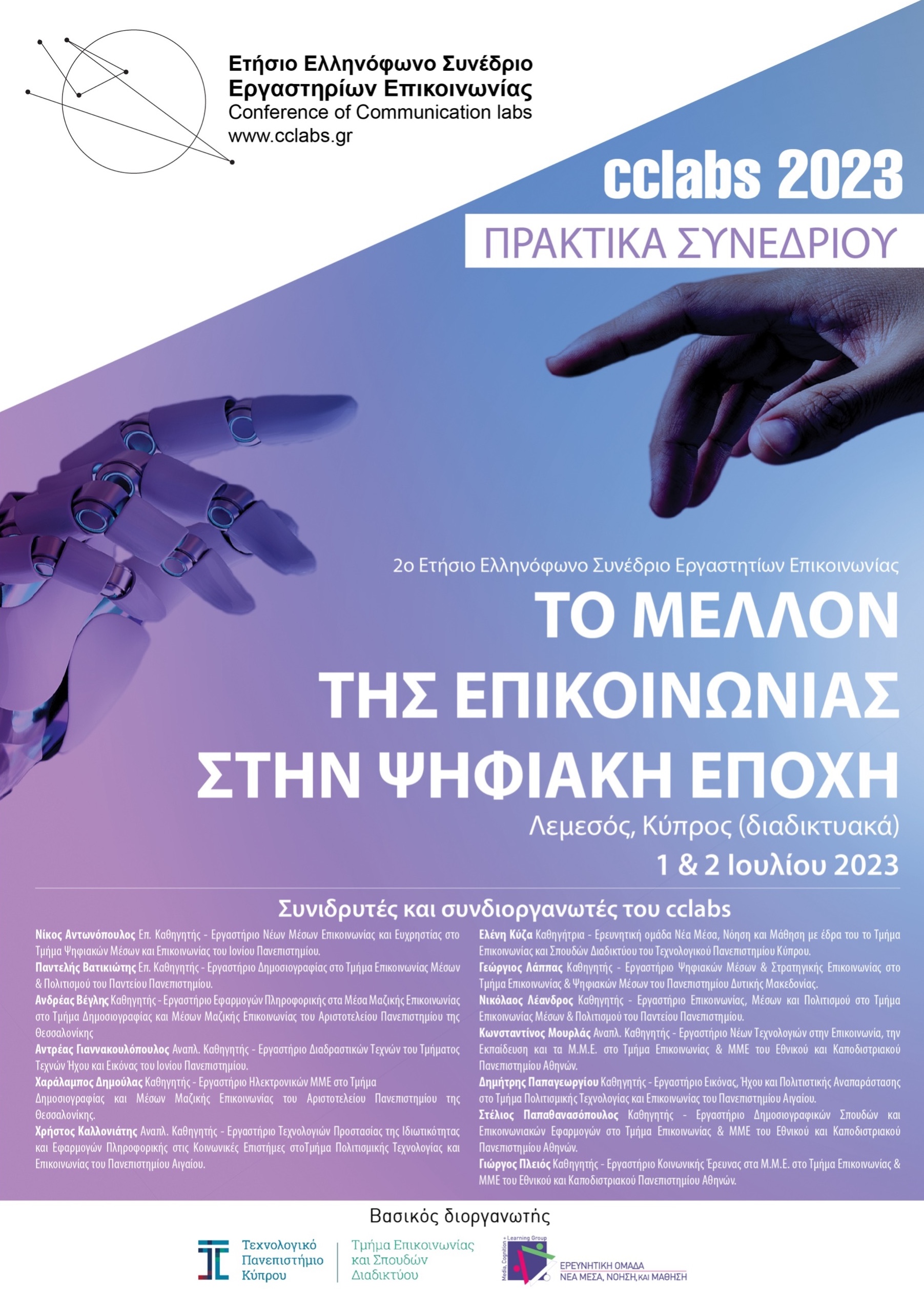Χαρακτηριστικά διαχείρισης και προβολής των Διεθνών Πάρκων Σκοτεινού Ουρανού: Τα πρώτα αποτελέσματα

Περίληψη
Η συγκεκριμένη μελέτη παρουσιάζει τα πρώτα αποτελέσματα που προέκυψαν από την αποστολή ερωτηματολογίου σχετικά με την διαχείρισης και προβολή των Πάρκων Σκοτεινού Ουρανού. Ο αειφόρος αυτός τρόπος ζωής, αποτελεί το στόχο της παρούσας έρευνας. Ωστόσο, η έρευνα αυτή τέθηκε σε εφαρμογή στους 190 παγκόσμιους τόπους σκοτεινού ουρανού, που βρίσκονται σε 29 χώρες. Η ίδια επιτεύχθηκε, με τη χρήση ορισμένων ερωτήσεων, οι οποίες κρίθηκαν απαραίτητες και ερωτηματολόγια τα οποία δημιουργήθηκαν, ώστε η να κατανοηθεί η διαχείριση και η προβολή των Πάρκων σε παγκόσμια κλίμακα. Αναφορικά με τα αποτελέσματα της έρευνας γίνεται κατανοητό ότι τα πάρκα σκοτεινού ουρανού καταγράφουν αύξηση τουριστών εγχώριων και από άλλες χώρες, έχουν στρατηγική και διεξάγουν δράσεις περιβαλλοντικής εκπαίδευσης και αυτοπαρατηρήσεων με σκοπό την ευαισθητοποίηση των επισκεπτών απέναντι στο πρόβλημα της φωτορύπανσης και την προώθησης του αστρονομικού τουρισμού.
Λεπτομέρειες άρθρου
- Πώς να δημιουργήσετε Αναφορές
-
Ξανθάκης Μ., & Αντωνόπουλος Ν. (2024). Χαρακτηριστικά διαχείρισης και προβολής των Διεθνών Πάρκων Σκοτεινού Ουρανού: Τα πρώτα αποτελέσματα. Ετήσιο Ελληνόφωνο Επιστημονικό Συνέδριο Εργαστηρίων Επικοινωνίας, 2(1), 107–118. https://doi.org/10.12681/cclabs.6457
- Ενότητα
- cclabs2

Αυτή η εργασία είναι αδειοδοτημένη υπό το CC Αναφορά Δημιουργού 4.0.





